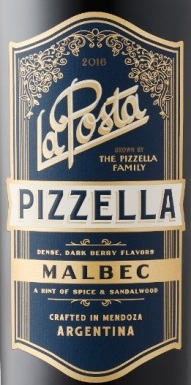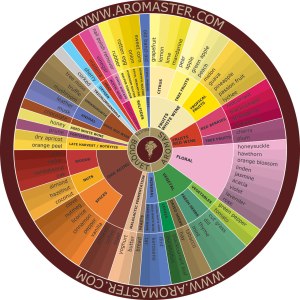First off, not all wine that is made can, or should, be aged. More than 90% of wines should be enjoyed within 12 to 18 months of bottling. Do your research and it could really pay off for you down the road.
Generally speaking, a cellar or a wine cooler/refrigerator are your best options to store your wine. What you’re looking for is a constant temperature with good humidity levels.
FYI: your kitchen is the absolute WORST place in your home to keep your wine.
With that said, here are some things to note:
1. Keep it in the dark.
Store wines away from light, especially direct sunlight. Darker bottles are better. If you can’t keep a bottle entirely out of the light, keep it lightly wrapped up in a cloth, or in a box.
2. Store bottles with corks on their sides.
If they are stored upright for a long amount of time, the corks will dry out, and air will eventually get to the wine, spoiling it.
3. Keep the temperature constant (+ or – a few degrees).
The ideal temperature is 16°C, cooler temperatures won’t hurt a wine, it’ll just slow down the ageing process. Temperatures should not go over 24°C because wine begins to oxidise. All changes should occur slowly. The greater the changes in temperature a wine suffers, the greater the premature ageing of the wine from over breathing.
4. Don’t move the wine.
Try not to move a bottle at all once it is stored. Even vibrations from heavy traffic, motors, or generators may negatively affect the wine.
5. Keep the humidity at around 70%.
Humidity keeps the cork from drying and minimises evaporation. Don’t allow the humidity to go too much over 70%, however, because it can encourage the growth of mould and cause labels to loosen.
6. Isolate the wine.
Don’t store wine with anything that has a strong smell, as the smell will permeate through the cork and taint the wine. Good ventilation may help prevent musty odours from entering the wine.
7. Store for an appropriate (approximately) amount of time.
Sadly, my research reveals that price MAY influence the way wine ages (I’ll get into that another time).
- Beaujolais – some at their best 3-5 years.
- Bordeaux Red (Medoc) – some 5-6 years from the vintage date, fewer can see 7-15 years of improvement.
- Cabernet Sauvignon – some 5-6 years from the vintage date, fewer can see 7-15 years of improvement. A few special wines will age much longer.
- Merlot – some can improve for 3-4 years from the vintage date, some can see 5-12 years of improvement. A few special ones will age much longer.
- Pinot Noir: Some will age and gain complexity with 2-4 years of age, some will age 5-8 years and some special ones may age for more.
- Syrah/Shiraz – some should benefit from 3-5 years of ageing and some can age for 10 years.
- Chardonnay – some 3-5 years from the vintage date, and a few up to 8 years.
- Riesling – some can take 3-4 years of ageing, even fewer can last up to 6-8 years.
8. Adjust temperatures before serving (+ or – a few degrees).
Different wines taste best at slightly different temperatures, which may vary from the temperature in which they were stored. Before drinking, allow the temperature to rise or fall to the appropriate serving temperature:
- Blush, rose and dry white wines: 8-14oC
- Sparkling wines and champagne: 6-8oC
- Light red wine: 13oC
- Deep red wines: 15-19oC
After Opening
Wine only lasts a few days after opening. Try and minimise its exposure to air, cork the bottle tightly, transferring it to a smaller bottle, keep it away from excess amounts of light and heat and use a wine stopper and pump.





